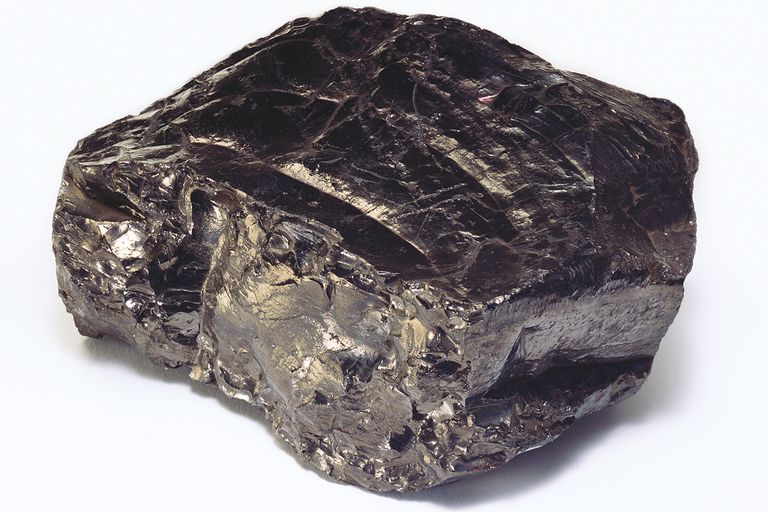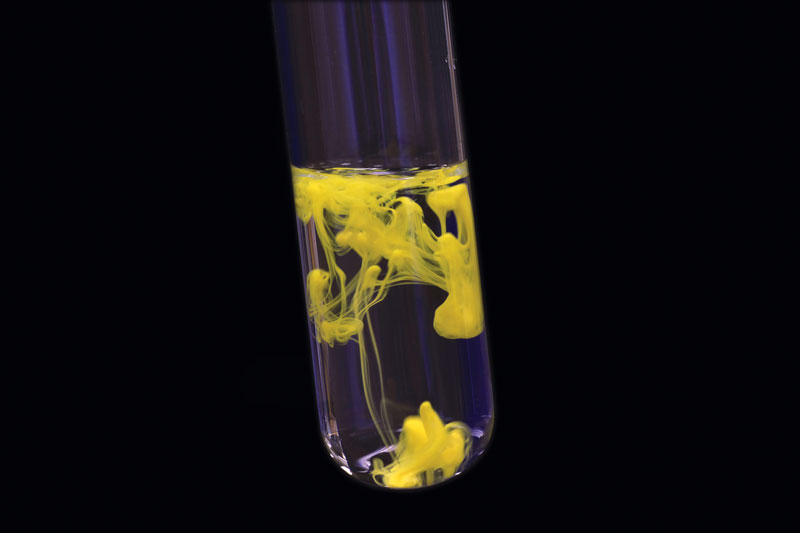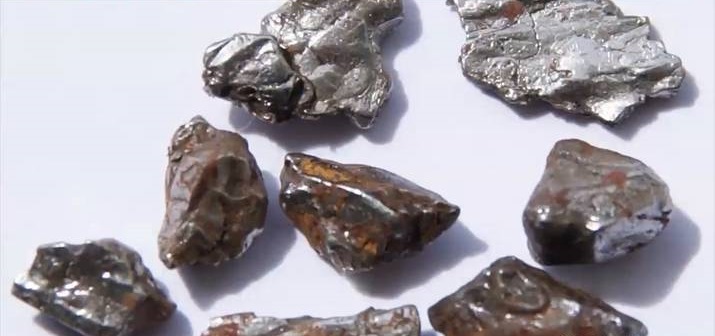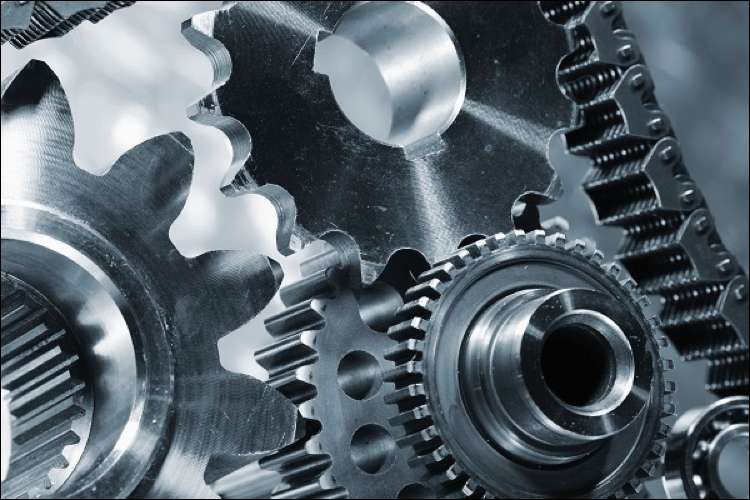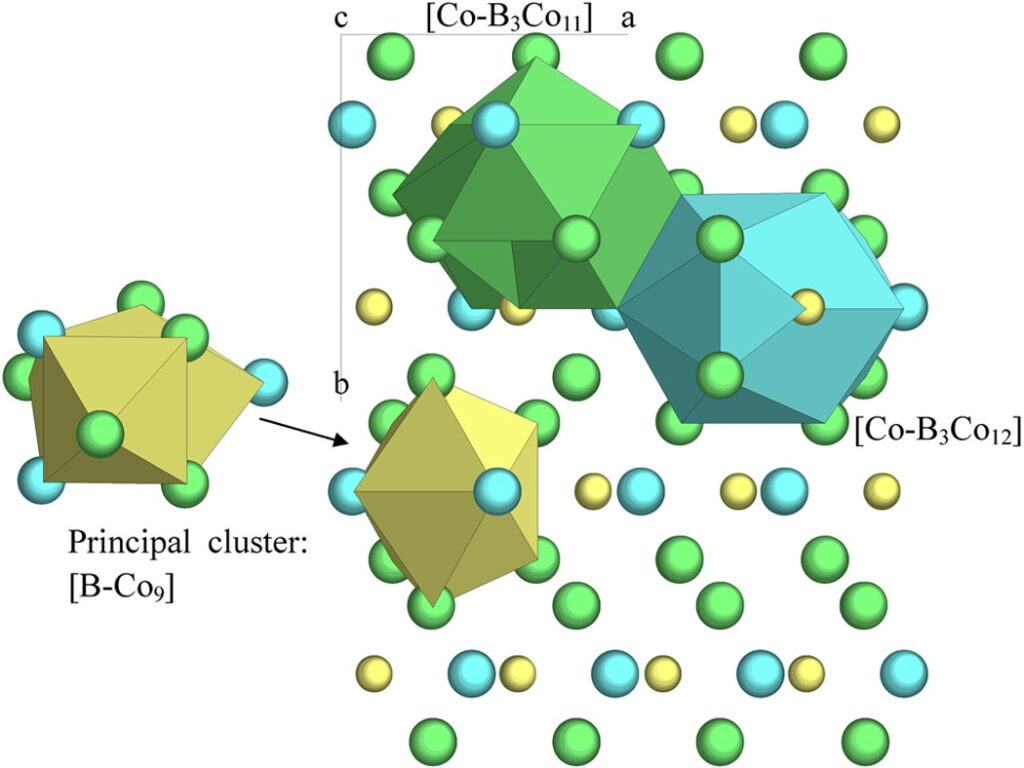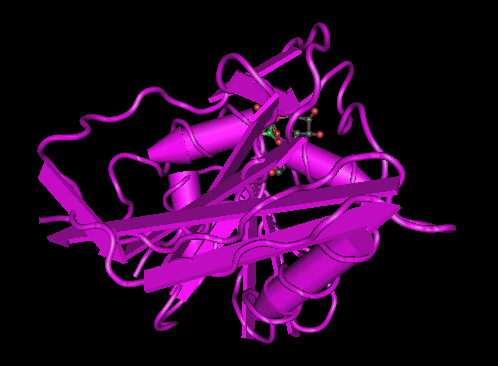Posted inMaterial Science
Critical temperatures
- Upper critical temperature (point) A3 is the temperature, below which ferrite starts to form as a result of ejection from austenite in the hypo-eutectoid alloys. - Upper critical temperature (point) ACM is the temperature, below which cementite starts to form as a result of ejection from austenite in the hyper-eutectoid alloys. - Lower critical temperature (point) A1 is the temperature of the austenite-to-Pearlite eutectoid transformation. Below this temperature austenite does not exist. - Magnetic transformation temperature A2 is the temperature below which α-ferrite is ferromagnetic.







